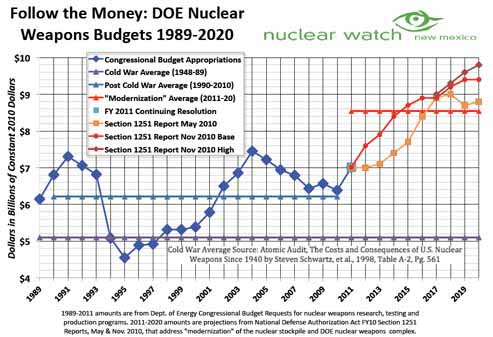By Robert Reich, Robert Reich’s Blog, July 5, 2015
“Ever since the Supreme Court’s shameful Citizens United decision, big corporations have been funneling large amounts of cash into American politics, often secretly. Bad enough. But when big government contractors do the funneling, American taxpayers foot the bill twice over: We pay their lobbying and campaign expenses. And when those efforts nab another contract, we pay for stuff we often don’t need.”
A case in point is America’s largest contractor- Lockheed Martin. More than 80 percent of Lockheed’s revenues come from the U.S. government, mostly from the Defense Department.
Follow the money behind the money. According to the Center for Responsive Politics,
- Lockheed’s Political Action Committee spent over $4 million on the 2014 election cycle,
and has already donated over $1 million to candidates for 2016.
- The top congressional recipient of Lockheed’s largesse is Mac Thornberry (R-Texas),
Chairman of the House Armed Services committee.
- Second-highest is Rodney Frelinghuysen (R-New Jersey),
Chairman of the Defense Subcommittee of the House Appropriations Committee.
- Third is Kay Granger, the Subcommittee’s Vice-Chair.
- Lockheed also maintains a squadron of Washington lawyers and lobbyists dedicated to
keeping and getting even more federal contracts. The firm spent over $14 million lobbying
Congress last year.
Remarkably, 73 out of Lockheed’s 109 lobbyists are former Pentagon officials, congressional staffers, White House aides, and former members of Congress. You and I and other taxpayers shouldn’t have to pay Lockheed’s lobbying expenses, but these costs are built into the overhead Lockheed charges the government in its federal contracts.
And we shouldn’t foot the bill for Lockheed’s campaign contributions, but these are also covered in the overhead the firm charges- including the salaries of executives expected to donate to Lockheed’s Political Action Committee.
The ten largest federal contractors are all defense contractors, and we’re indirectly paying all of them to lobby Congress and buy off politicians. To state it another way, we’re paying them to hire former government officials to lobby current government officials, and we’re also paying them to bribe current politicians- all in order to keep or get fat government contracts that often turn out to be lousy deals for us.
Now it’s a military-industrial-congressional complex
President Obama is said to be considering an executive order requiring federal contractors to disclose their political spending. He should sign it immediately. But he should go further and ban all political spending by federal contractors that receive more than half their revenues from government. That includes Lockheed and every other big defense contractor.
Robert Reich: “How to Disrupt the Military-Industrial-Congressional Complex”
“Pay-to-play is for real.”- POGO’s General Counsel Scott Amey, in a blog post on Monday.
A report released last year by the Sunlight Foundation detailed how 200 corporations spent a total of $5.8 billion on lobbying and campaign contributions from 2007 to 2012. During the same period, the same companies received $4.4 trillion in federal business and support, the report found. Amey: “In other words, for every $1 the companies spent on political influence and access, they got $760 from the federal government.”
References:
Related:
Regarding the Lockheed F-35 Joint Strike Fighter contract:
In 2001, Lockheed landed the biggest defense contract in history when it was named the main contractor for the Joint Strike Fighter (est. $400 billion). 14 years on, in April of 2015, the GAO reported that:
“The F-35 Joint Strike Fighter program had to make unexpected changes to its development and test plans over the last year, largely in response to a structural failure on a durability test aircraft, an engine failure, and software challenges. At the same time, engine reliability is poor and has a long way to go to meet program goals. With nearly 2 years and 40 percent of developmental testing to go, more technical problems are likely. Addressing new problems and improving engine reliability may require additional design changes and retrofits.”
From the GAO
“An army of lobbyists is great. But an army of insiders who know how to navigate the halls of power, can socialize with politicians on weekends and ultimately play the system like a violin is so much better.”
-From Sheila Krumholz, executive director of the Center for Responsive Politics in “Obama Pledged to Reduce Nuclear Arsenal, Then Came This Weapon”.



